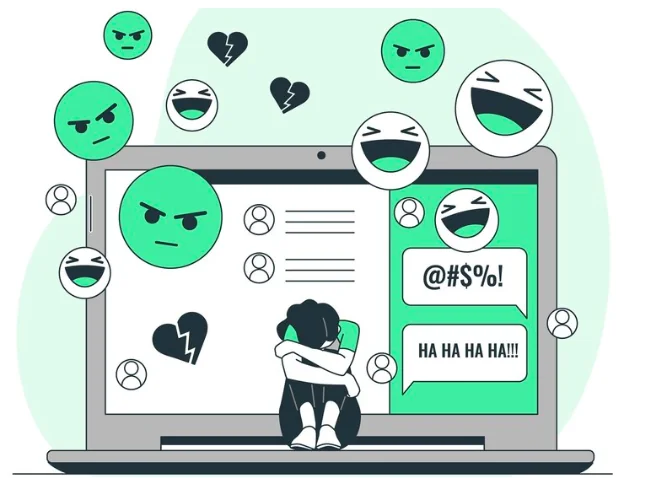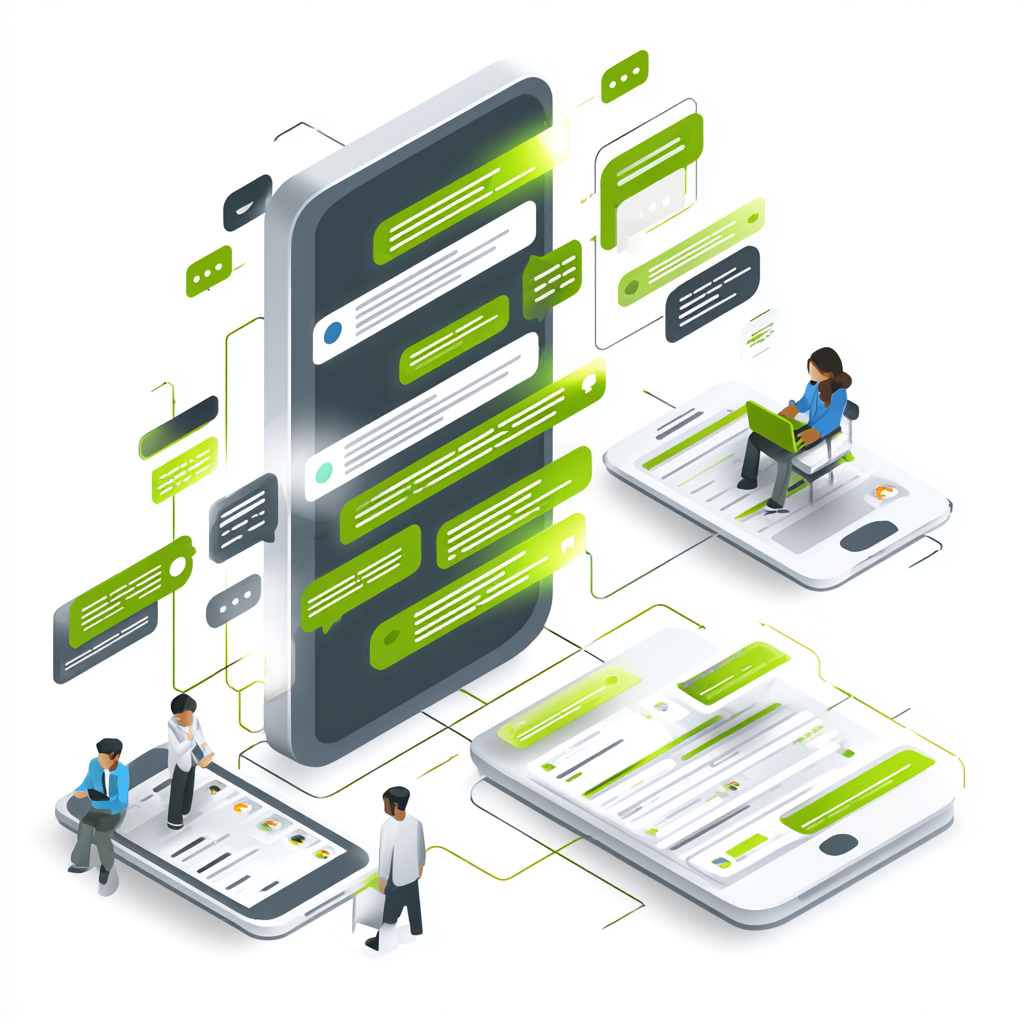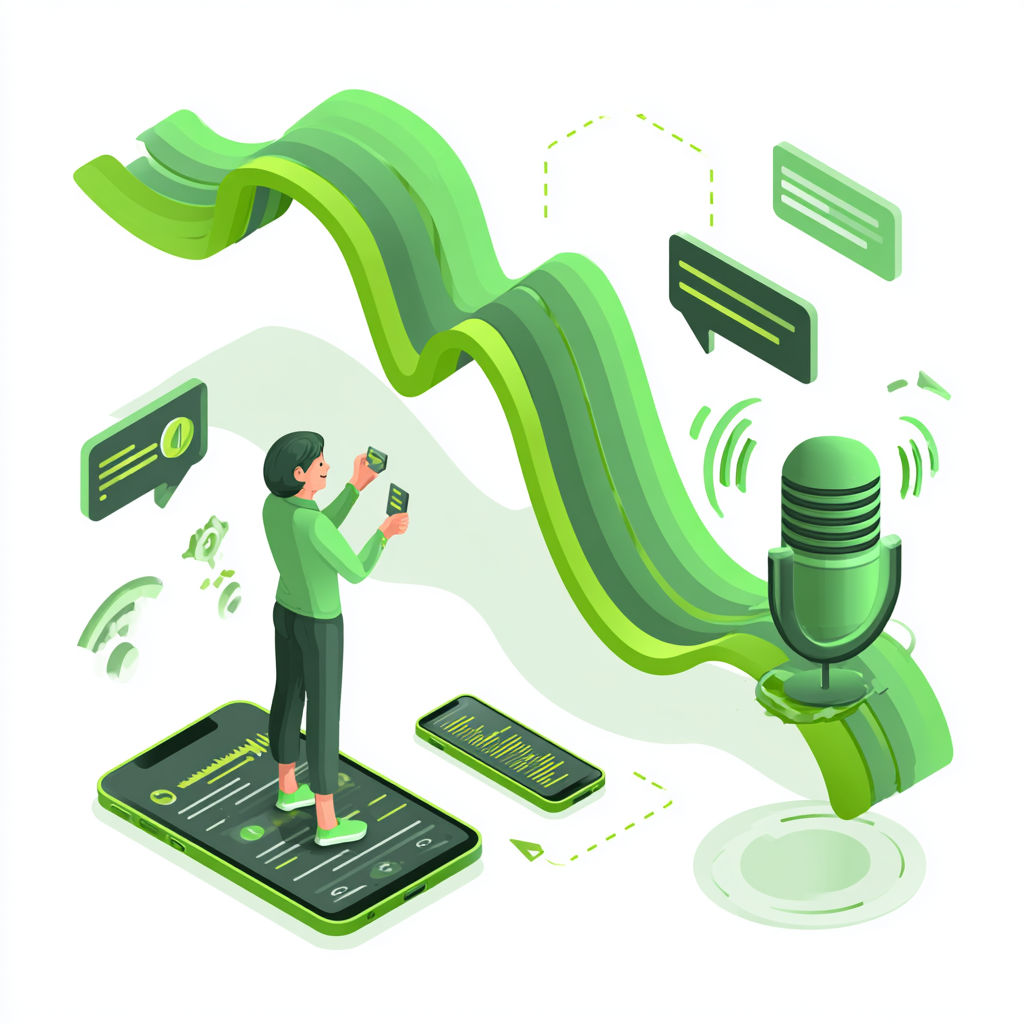Customer service can make or break a business. A single negative interaction can spread like wildfire, damaging a company’s reputation and pushing customers toward competitors.
Studies show that customers are more likely to share negative experiences than positive ones, making it crucial for businesses to avoid common pitfalls.
This article will explore real-life examples of bad customer service experiences, their consequences, and how businesses can avoid making these mistakes.
What is bad customer service?
Bad customer service occurs when a business fails to meet customer expectations, leading to frustration, dissatisfaction, and potential loss of loyalty.
It can happen due to poor communication, slow response times, unhelpful staff, or an unwillingness to resolve issues. When businesses fail to prioritize customer satisfaction, it creates a negative experience that can drive customers away.
Customers expect businesses to be responsive, helpful, and professional, and when these expectations are not met, they may lose trust in the company.
Bad customer service is not just about individual interactions. It reflects a company’s overall approach to customer relations. Businesses risk damaging their reputation when they fail to train their employees properly, ignore feedback, or show inconsistent service quality.
10 Examples of bad customer service experiences
Examples of bad customer service experience include:
Long wait times with no resolution:
Customers dislike waiting too long for assistance, whether on a call, in a queue, or through email. The frustration worsens when, after waiting, their issue is not resolved or they are transferred multiple times without a clear solution.
Example: A customer calls a bank’s helpline to report an unauthorized transaction. They wait on hold for over an hour, only to be transferred multiple times without a resolution.
Frustrated, they vent their experience on social media, warning others about the poor service. Unfortunately, this is a common issue across industries. Long wait times indicate inefficiencies and a lack of proper customer support structure.
Consequences:
- Customers lose trust in the company.
- Negative reviews damage the brand’s reputation.
- High call volumes lead to burnout among customer service staff.
How to avoid it:
- Implement an effective customer support system with shorter wait times.
- Use AI-powered chatbots for quick issue resolution.
- Offer self-service options, such as FAQs and knowledge bases, to reduce reliance on customer support.
Rude or unhelpful staff:
Poor customer interactions where employees are dismissive, impatient, or unprofessional can drive customers away. If staff members fail to listen, show empathy, or provide helpful solutions, customers may feel disrespected and leave negative reviews.
Example: A restaurant guest asks a waiter for recommendations, only to receive a dismissive response. When they request a manager, the staff refuses, making the customer feel unwelcome and undervalued.
This kind of behavior leads to poor customer retention and negative word-of-mouth marketing.
Consequences:
- Customers feel disrespected and unappreciated.
- Bad reviews discourage potential customers from visiting.
How to avoid it:
- Train employees on essential soft skills, such as patience and empathy.
- Foster a positive work culture where employees feel valued, resulting in improved customer interactions.
- Implement feedback mechanisms to monitor staff behavior and enhance service delivery.
Ignoring customer complaints:
When businesses do not acknowledge or address customer complaints, it signals a lack of concern for their experiences. Customers expect their feedback to be heard and acted upon, and ignoring them can lead to frustration, negative word-of-mouth, and lost business.
Example: A customer emails an e-commerce store about a defective product. After days of no response, they try calling, only to get automated replies.
Frustrated, they post a negative review, deterring potential buyers. Ignoring complaints suggests that the company does not care about customer satisfaction.
Consequences:
- The company loses credibility and trust.
- Negative feedback spreads across multiple platforms.
- The business might face legal action in extreme cases.
How to avoid it:
- Acknowledge customer complaints within 24 hours.
- Offer multiple customer support channels like live chat, email, and phone.
- Resolve complaints quickly and offer compensation if necessary.
- Actively monitor online reviews and respond professionally to negative feedback.
Overpromising and under-delivering:
Customers feel deceived if a company makes big promises about product quality, delivery times, or service benefits but fails to meet them.
For example, an internet provider guarantees “lightning-fast speeds” but fails to deliver. When customers complain, they receive generic responses without real solutions.
It leads to cancellations and a loss of trust. Many companies use exaggerated marketing language, but failing to deliver on promises damages their credibility.
Consequences:
- Customers feel deceived and leave for competitors.
- The company earns a reputation for dishonesty.
- High churn rates result in decreased revenue.
How to avoid it:
- Set realistic expectations and communicate transparently.
- Provide accurate service descriptions and address issues proactively.
- Monitor performance and consistently improve service offerings.
- Use real customer testimonials instead of exaggerated claims in marketing.
Lack of personalization:
Customers expect businesses to recognize their preferences, purchase history, or past interactions. Generic responses, irrelevant recommendations, and failure to tailor communication can make them feel like just another number rather than a valued customer.
For example, a loyal customer may contact a subscription service to make changes to their plan. Instead of being treated as a valued client, they may receive generic responses that do not address their concerns.
Customers expect brands to recognize and appreciate their loyalty.
Consequences:
- Customers feel like just another number instead of a valued individual.
- They are less likely to engage with the brand in the future.
- Competitors offering personalized service attract these customers away.
How to avoid it:
- CRM software is used to track customer interactions and preferences.
- Personalize responses instead of using generic templates.
- Train staff to recognize and reward loyal customers.
- Segment customers based on behavior and purchase history to offer tailored recommendations.
Inconsistent service across channels:
Customers should have the same experience whether they contact a business via phone, email, chat, or social media. If responses and solutions vary depending on the channel, it creates confusion and frustration, making customers feel like they have to start over each time.
For example, a customer receives helpful support via live chat but encounters unhelpful staff when they visit the store. This inconsistency leads to confusion and frustration.
Consequences:
- Customers lose confidence in the company’s reliability.
- Poor experiences in one channel impact the entire brand perception.
- Customers hesitate to use different service channels, reducing engagement.
How to avoid it:
- Train staff across all channels to maintain a consistent brand voice.
- Ensure all communication platforms have access to the same customer information.
- Use omnichannel customer service software for seamless interaction tracking.
No follow-up after a complaint:
Customers appreciate businesses that check in after resolving an issue to ensure satisfaction. Without follow-up, they may feel like the company only cared about closing the ticket, not their experience.
For example, a hotel guest reports a broken air conditioner, and although staff acknowledge the issue, they never follow up to see if it has been resolved.
Consequences:
- Customers feel ignored and unimportant.
- They may never return due to a lack of trust.
- Missed opportunities to turn a bad experience into a positive one.
How to avoid it:
- Always follow up to confirm that the problem has been resolved.
- Offer discounts or other gestures of goodwill where applicable.
- Use automated follow-up emails to check customer satisfaction.
Lack of product knowledge:
When customer service representatives cannot provide accurate or helpful information about products or services, it frustrates customers and diminishes trust in the company.
For example, a customer visits a tech store to inquire about a laptop’s specifications, but the sales representative gives vague or incorrect information. The customer leaves the store uncertain and buys from a competitor with knowledgeable staff.
Consequences:
- Customers lose confidence in the brand.
- Sales opportunities are lost due to ineffective support.
- Negative word-of-mouth affects potential buyers.
How to avoid it:
- Train employees thoroughly on products and services.
- Provide quick-reference materials or internal knowledge bases.
- Encourage continuous learning through workshops and updates.
Hidden fees and poor pricing transparency:
Surprising customers with unexpected charges or failing to clearly explain pricing policies can lead to frustration and a loss of trust.
For example, a customer might book a flight at an advertised price only to be hit with extra fees for luggage, seat selection, and checkout processing. They may feel misled and share their bad experiences online.
Consequences:
- Customers feel deceived and may avoid future purchases.
- Increased refund requests and customer complaints.
- Negative reputation due to misleading business practices.
How to avoid it:
- Disclose all costs upfront.
- Offer a transparent breakdown of pricing on invoices.
- Train staff to clearly and accurately explain costs to customers.
Refusing to take responsibility for mistakes:
When businesses refuse to acknowledge their errors or shift blame onto customers, it damages trust and ruins relationships.
For example, a delivery service may deliver the wrong item, but instead of apologizing and fixing the issue, they may insist the customer made a mistake while ordering. The customer may feel unheard and frustrated.
Consequences:
- Customers feel unappreciated and take their business elsewhere.
- Negative online reviews damage the brand’s reputation.
- Potential legal action if disputes escalate.
How to avoid it:
- Own up to mistakes and offer a solution promptly.
- Train employees to handle errors professionally and empathetically.
- Implement quality control measures to minimize mistakes.
Improve customer service
Bad customer service experiences can have long-lasting consequences for any business. By learning from these mistakes and prioritizing customer satisfaction, companies can build strong relationships and ensure long-term success.
Providing efficient, empathetic, and responsive service is not just a necessity. It is the foundation of customer loyalty. Businesses should continuously train staff, implement effective customer feedback systems, and use technology to enhance service quality.
With excellent customer service, companies can foster loyalty, encourage positive word-of-mouth marketing, and stand out in competitive industries. Have you encountered bad customer service before? Share your experience in the comments below!





